Shimano, a powerhouse in the cycling world, offers two primary types of groupsets that have garnered attention and stirred debate among cycling enthusiasts: the Mechanical and the Di2.
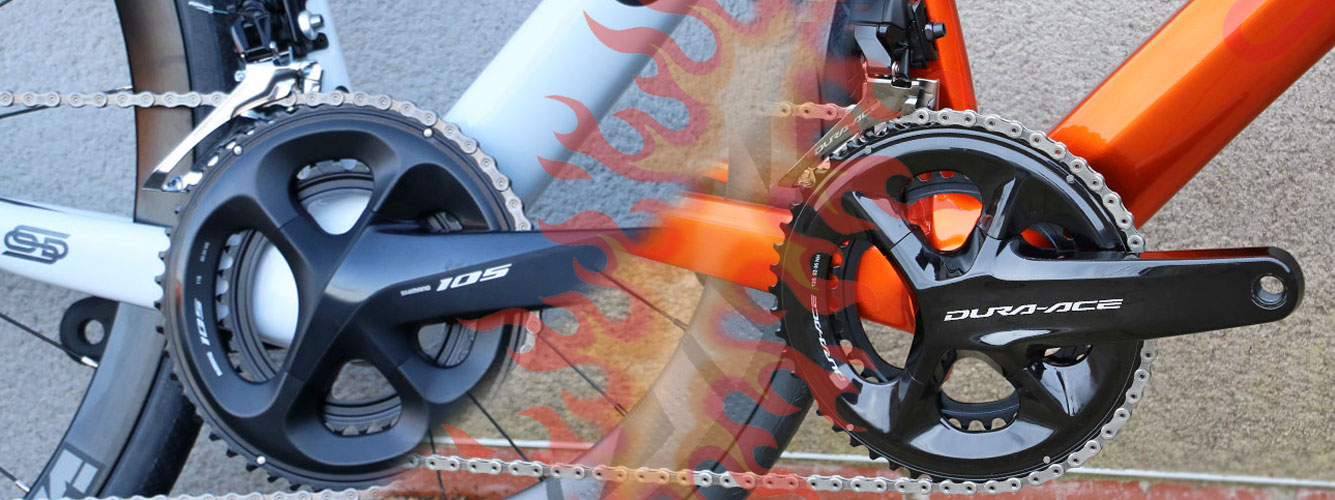
Both have their unique strengths and cater to different preferences and needs. This blog dives into the core features, benefits, and considerations of the Shimano Mechanical versus the Shimano Di2 groupsets to help riders make an informed choice.
Shimano Mechanical Groupsets: The Classic Choice
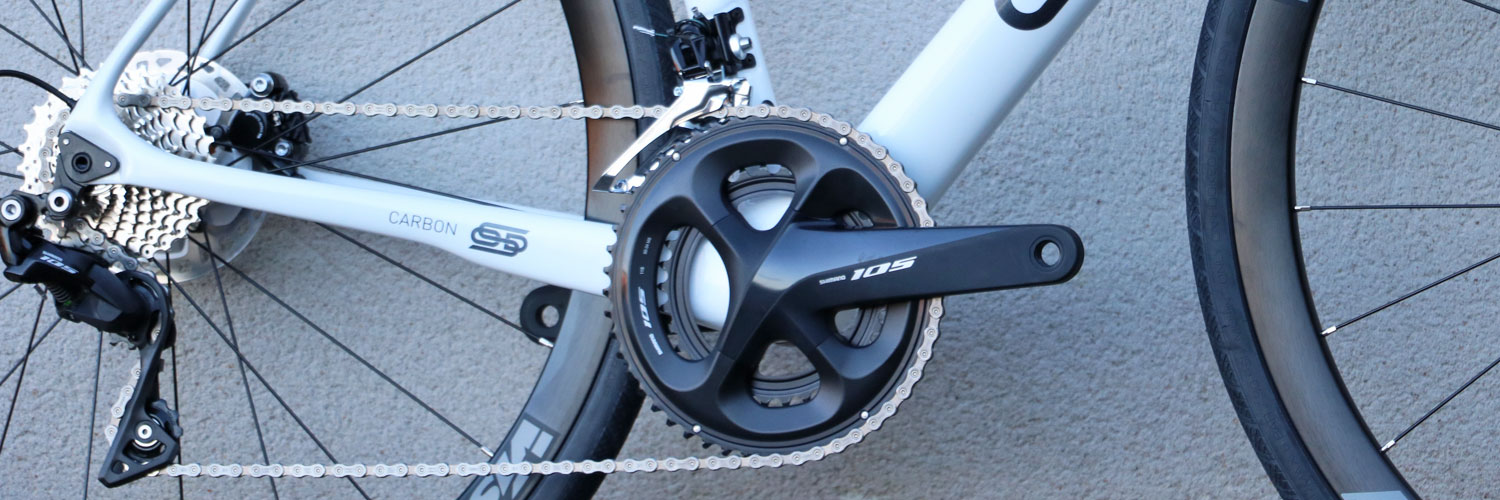
Shimano Mechanical groupsets represent the traditional approach to bike gear shifting. They are revered for their reliability, tactile feedback, and simplicity.
Key Features:
- Cable-Operated: The shifting mechanism is controlled through physical cables, which when adjusted or pulled, change gears.
- Tactile Feedback: Riders can feel the gear changes through the levers, providing a sense of direct control and engagement with the bike.
- Ease of Maintenance: Mechanical systems are generally easier to repair and maintain, especially in remote areas where specialized electronic tools are not available.
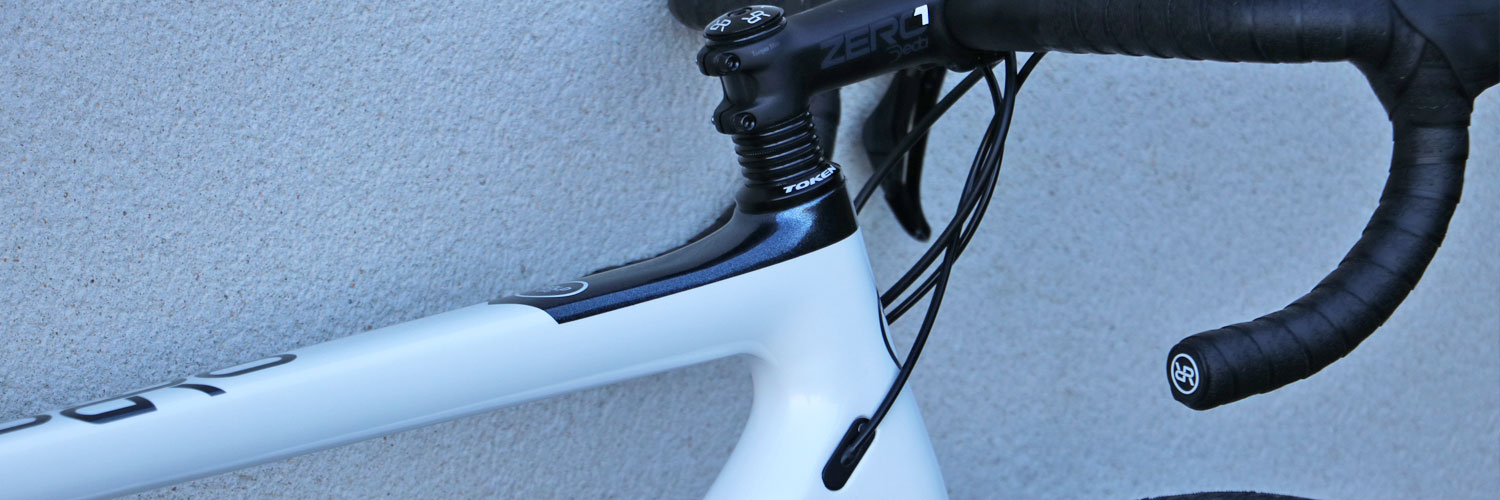
Benefits:
- Durability and Reliability: With fewer electronic components, mechanical groupsets are less prone to failure due to electronic issues.
- Cost-Effective: They are usually less expensive than their electronic counterparts, making them a great option for budget-conscious riders.
- User Serviceable: The simplicity of mechanical systems allows riders with basic mechanical knowledge to perform adjustments and repairs.
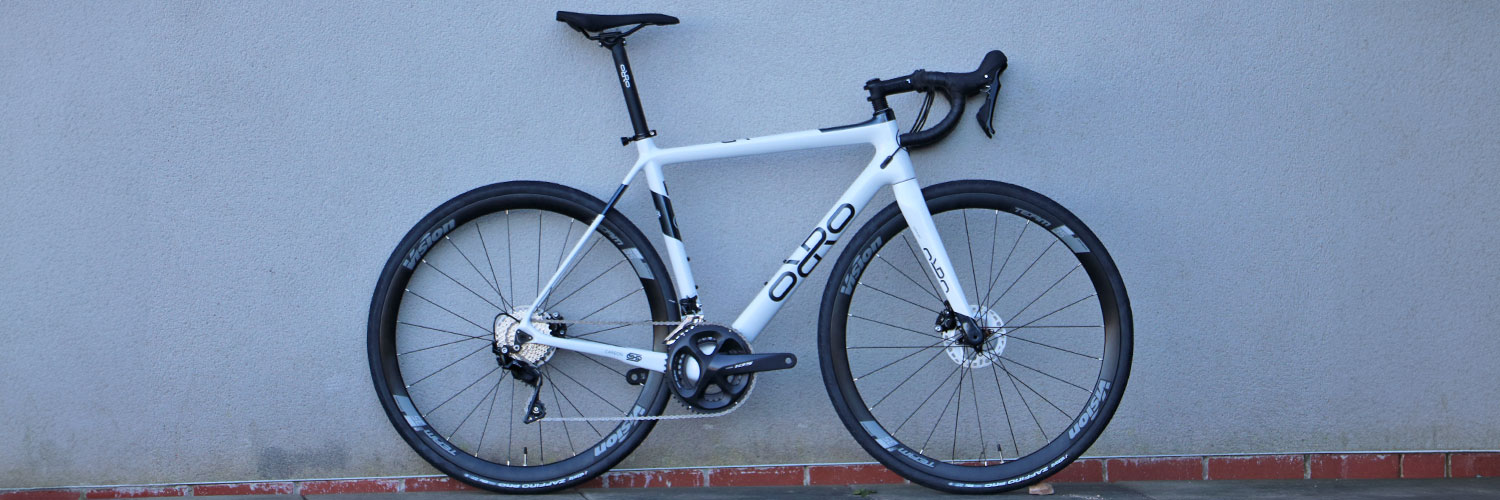
Considerations:
- Shift Effort: Shifting gears, especially under load, can require more effort compared to electronic systems.Precision: While highly reliable, the precision of mechanical shifting can degrade over time as cables stretch and wear.
Shimano Di2 Groupsets: The Technological Edge
The Di2 (Digital Integrated Intelligence) represents Shimano’s foray into electronic shifting, offering precision, ease of use, and a high-tech experience.
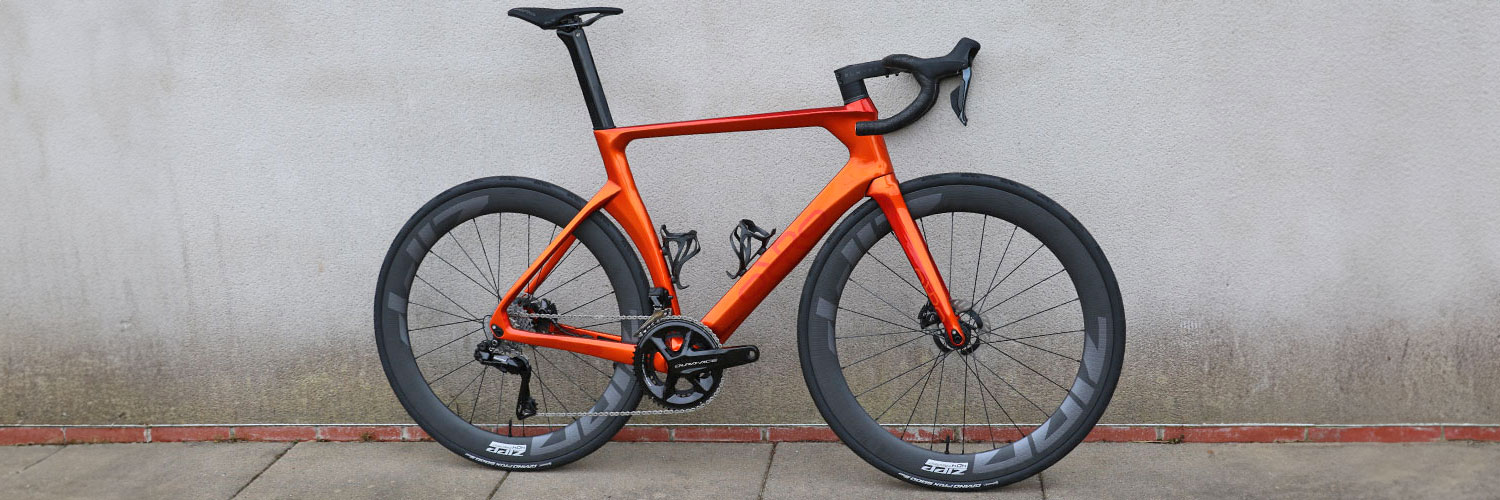
Key Features:
- Electronic Shifting: Gear changes are executed by electronic signals, ensuring swift and precise shifts every time.
- Programmable Shifts: Riders can customize how and when the bike shifts through Shimano’s E-Tube software, tailoring the experience to their preferences.
- Automatic Gear Adjustments: The Di2 can automatically adjust the derailleur position, eliminating the need for manual trim and reducing chain rub.
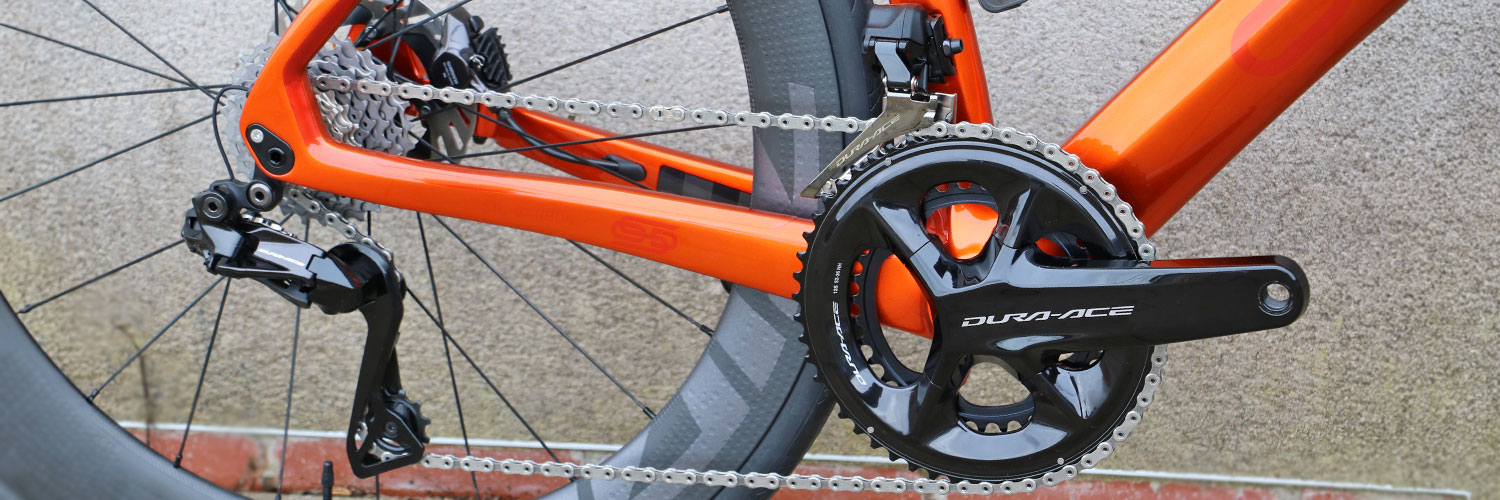
Benefits:
- Consistent Performance: Electronic shifting provides consistent gear changes regardless of conditions, reducing the impact of wear and tear.
- Reduced Physical Effort: Shifting requires minimal effort, which can be a significant advantage on long rides or races.
- Advanced Features: Integration with other electronic components, such as power meters and cycle computers, offers a more connected and data-driven ride.
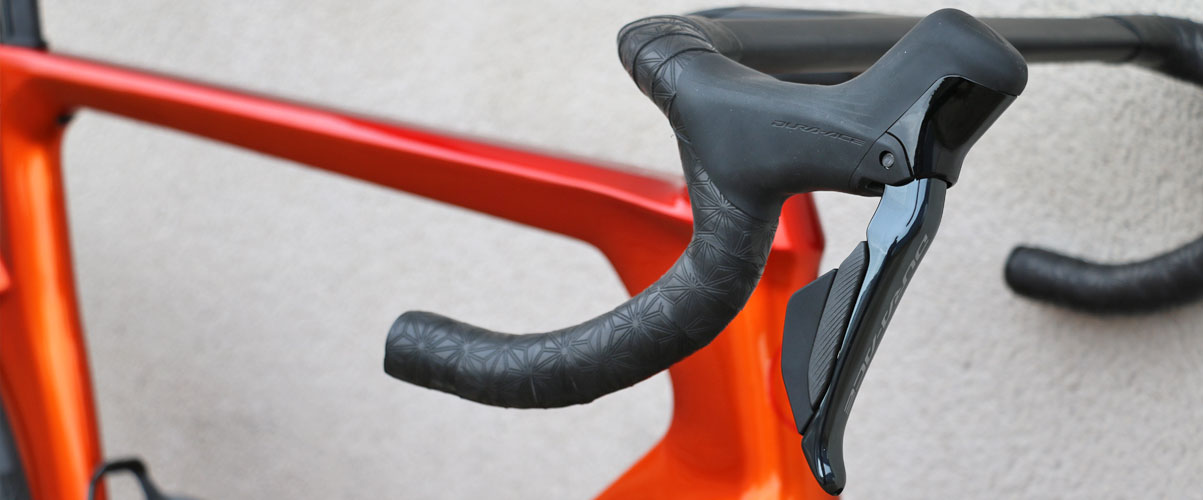
Considerations:
- Cost: Di2 groupsets are more expensive, both in initial purchase and potential repair costs.
- Battery Life: While battery life is generally long, riders need to ensure their system is charged, especially for extended rides.
- Complexity: Repairs and adjustments may require specialized knowledge or a trip to a qualified mechanic.
Making the Choice
When deciding between Shimano Mechanical and Di2 groupsets, consider your riding style, preferences, and budget. For those who value a classic feel, reliability, and hands-on maintenance, the Mechanical groupset is an excellent choice.
On the other hand, riders seeking the pinnacle of technology, effortless shifting, and customizable experiences will find the Di2 to be a perfect fit.
Ultimately, both groupsets reflect Shimano’s commitment to quality and innovation, ensuring that riders of all preferences can find a setup that meets their needs. Whether you choose the tactile authenticity of Mechanical or the precision and ease of Di2, you’re equipped for countless miles of enjoyable rides.

Mechanical group sets are not inferior, they just have different qualities that many riders prefer.
However, Shimano are forcing riders who want premium groupsets down the electronic and disc brake route.
Both Dura-Ace and Ultegra are no longer available in mechanical versions.
Also rim-brske versions are mo longer available.
While this blog was good, actually the choice between mechanical and electronic is being taken out of our hands.